
Award-winning City and Mountainside Nature-Centered Designs

Contributor
Spring 2025
Both our Design Futurist Merit award winners hold nature at the heart of their designs, but in vastly different settings. One is set in multi-family community in Portland, Oregon, the other a private home perched in the Sierra Nevada of California.
The pioneering Design Futurist Award, in its second year, debuted in 2023 to address the gap in recognition of garden designers working on modest-scale ecological and climate-resilient garden design while sharing replicable design solutions to gardeners and allied professionals.
The Award exposes the “inner beauty” of landscapes built to conserve plants and wildlife, treat our water and soil as precious, and hold the well-being of human beings at the center of our gardened environments. A jury of highly experienced horticulturists, landscape designers, and landscape architects awarded Top Prize to gardens aligned with several of our core themes: Growing for Biodiversity, Drought and Fire Resilience, Nature is Good for You, Garden Futurist, and Sustainable Gardening, while conferring Honors to two designs embodying a single theme in an exemplary way.
Going Street Commons
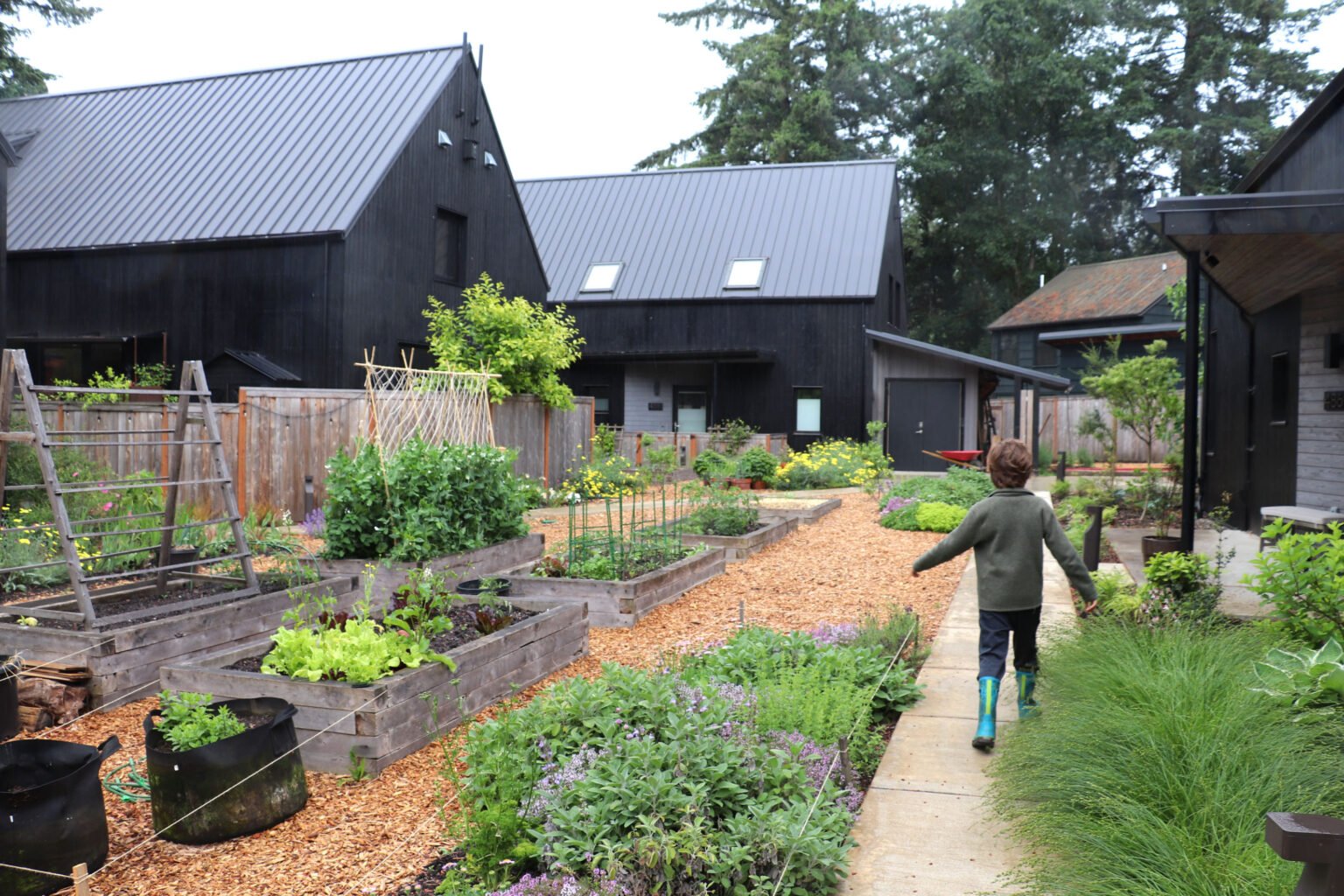
Portland, Oregon
Designer: Caitilin Pope Daum, Principal and Lead Designer, Studio Wild Landscape Architecture
Installation: 2020
Size: Over 10,000 square feet (over 930 square meters)
Chosen Theme(s): Growing for Biodiversity, Nature is Good for You, Sustainable Gardening
Going Street Commons, installed in 2020, is a community of net-zero homes, designed to passive house standards, conceived as a model for livable, sustainable, medium-density housing. Studio Wild developed a site design that expanded on these goals by demonstrating uplifting, highly livable, habitat-rich urban design.
The project sits in Portland’s Cully neighborhood, known for large undeveloped lots and sidewalk-less streets. It has a rural feel, but retains the urban efficiency of proximity to services, transit routes, and neighborhood schools. Studio Wild collaborated with architects on the layout of buildings and key site features to create higher density living areas that blend with the rural feel of the neighborhood.
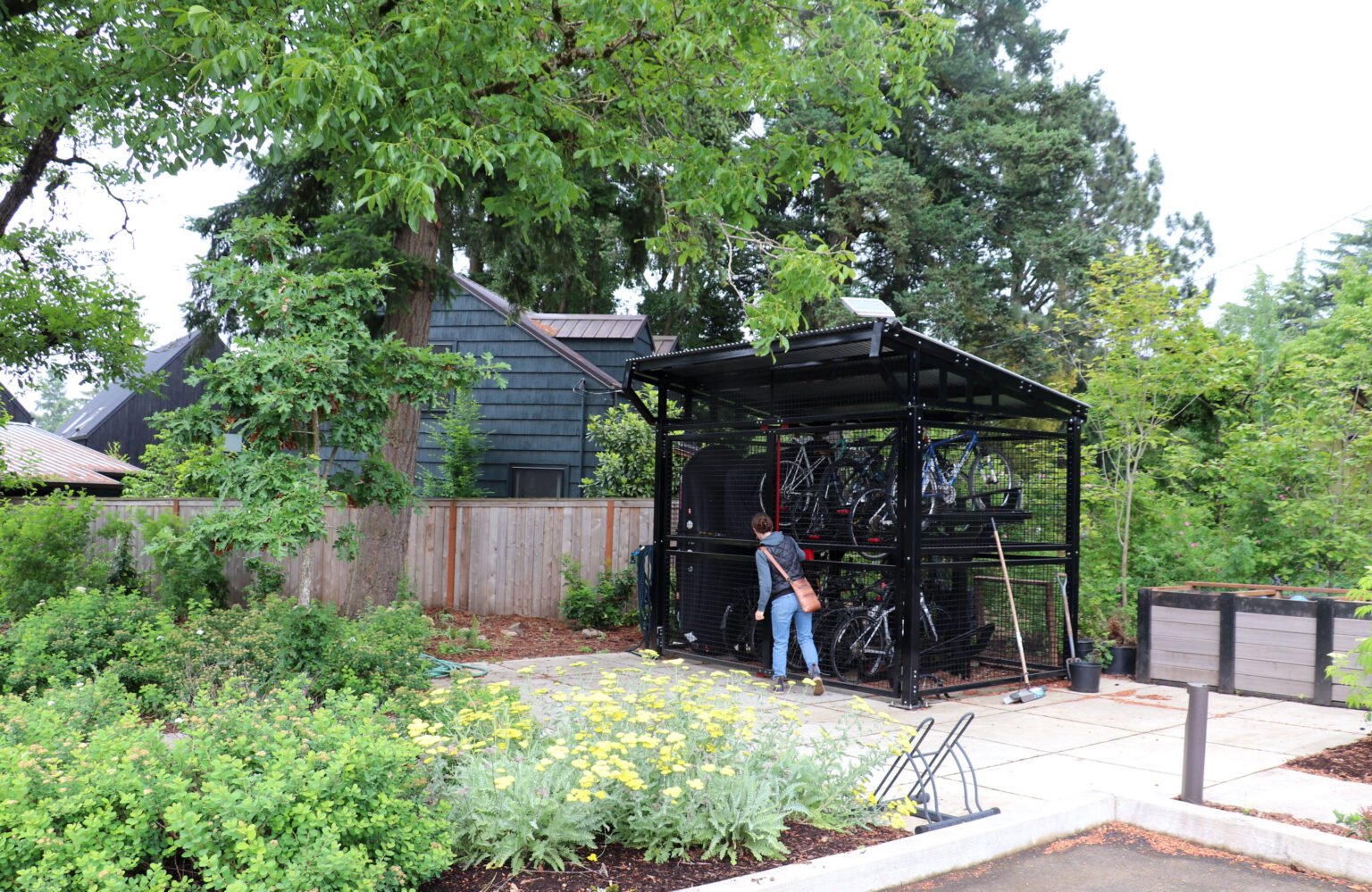

In awarding the Merit award, judges called the project a “lovely garden serving needs of all ages in a multi-housing community.”
Caitlin Pope Daum, principal and lead designer of Studio Wild Landscape Architecture, said nature was central to the design at the outset.
“I’d think of it as a garden within a forest,” she said. “You have this sense of the big conifers around you. We wanted to enhance that feeling with a lot of native planting and hedgerows to provide that pollinator and small bird habitat and sense of naturalness.
The songbird population really exploded once the plants grew in, she said.
“To us high performance in the landscape means it’s meeting a bunch of criteria at once and doing it well,” said Daum. In this case, Studio Wild aimed to create social engagement opportunities for neighbors, include food productivity, and increase habitat through native and non-native flowers while enhancing beauty and enjoyment of the space overall.
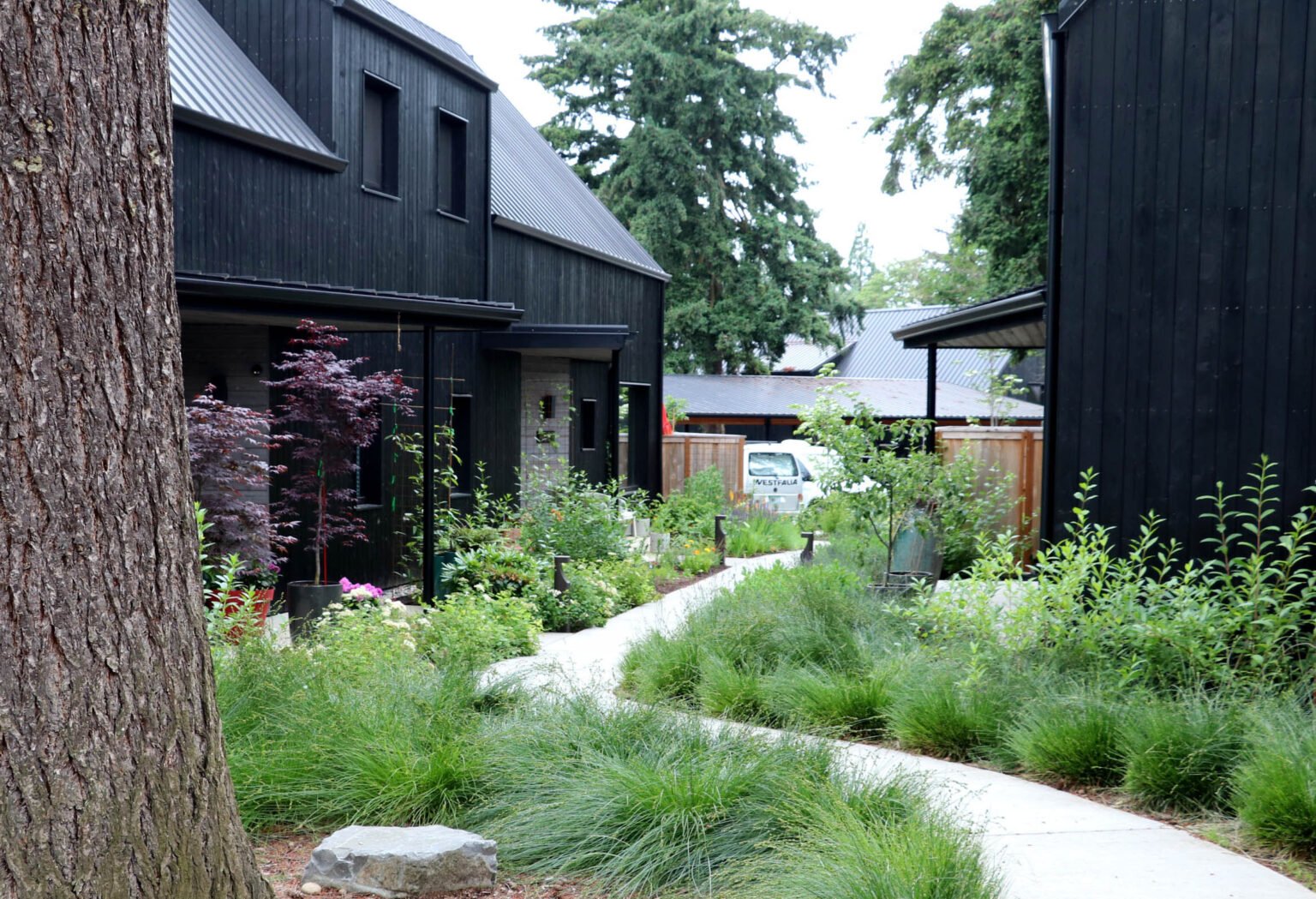
You may not think of decay as a goal in your landscapes, but ecological designers do, both to benefit the ecosystem and to enhance the perspective of the people living in it.
“We wonder, ‘How can we can bring nature and natural systems into human spaces?’” said Daum. “By having more dense planting of native shrubs with habitat logs, nature will be allowed to progress. There’ll be decay happening, and people can experience nature in their everyday environment.”
Along with individual yards and the communal vegetable garden, Studio Wild designed the perimeter to be a haven of native plantings. “One thing we definitely focused on was the tree canopy,” said Daum, calling it likely “the most long-lived and consequential planting move a designer can make.”
They looked to local surroundings for plant choices, she said. They also used a climate-forward lens for plants that can thrive in both extreme winter and summer conditions while boosting habitat. A few highlights include snowberry (Symphoricarpos albus), madrone (Arbutus menziesii), Garry oaks (Quercus garryana), cascara (Frangula purshiana), and ocean spray (Holodiscus discolor).
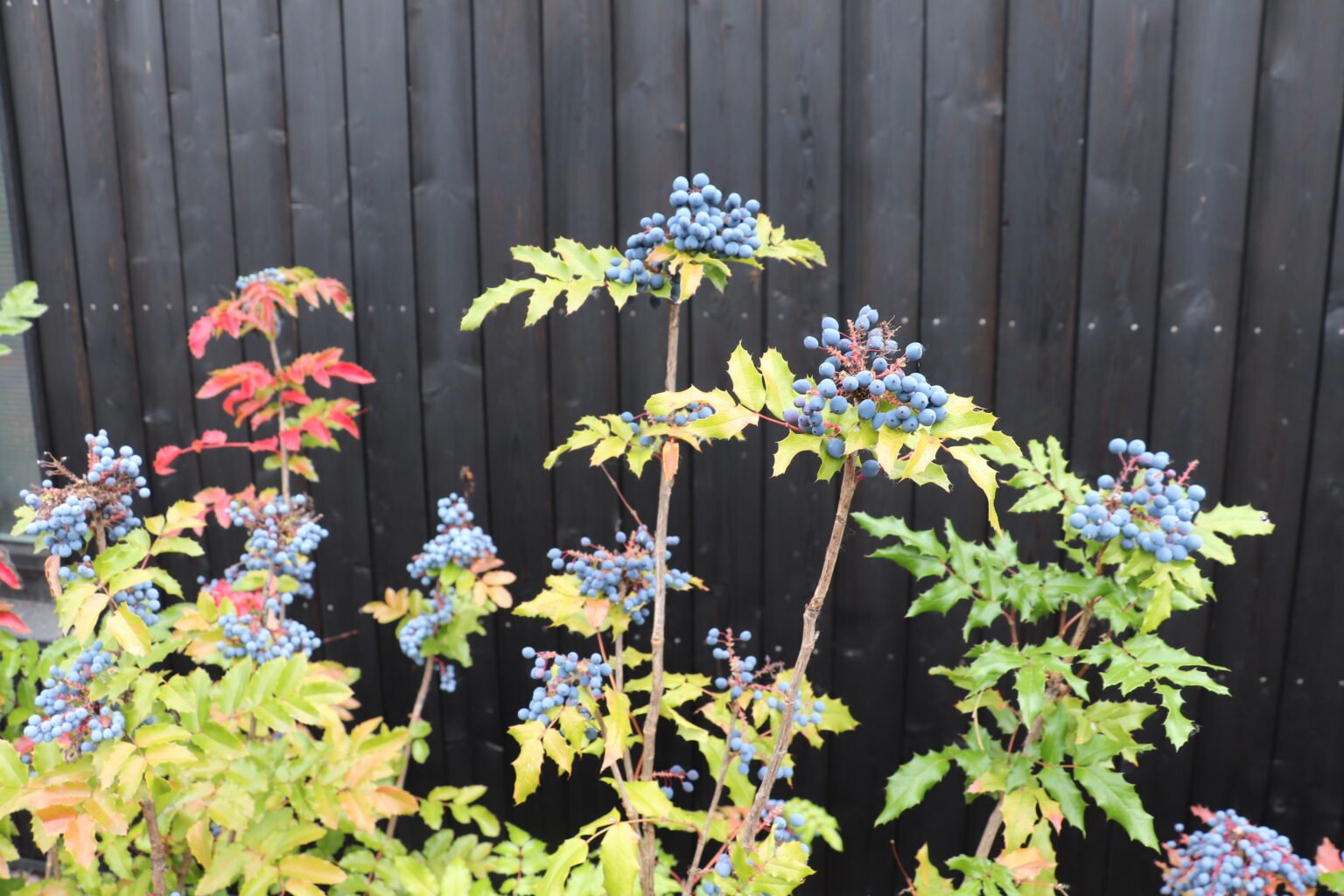
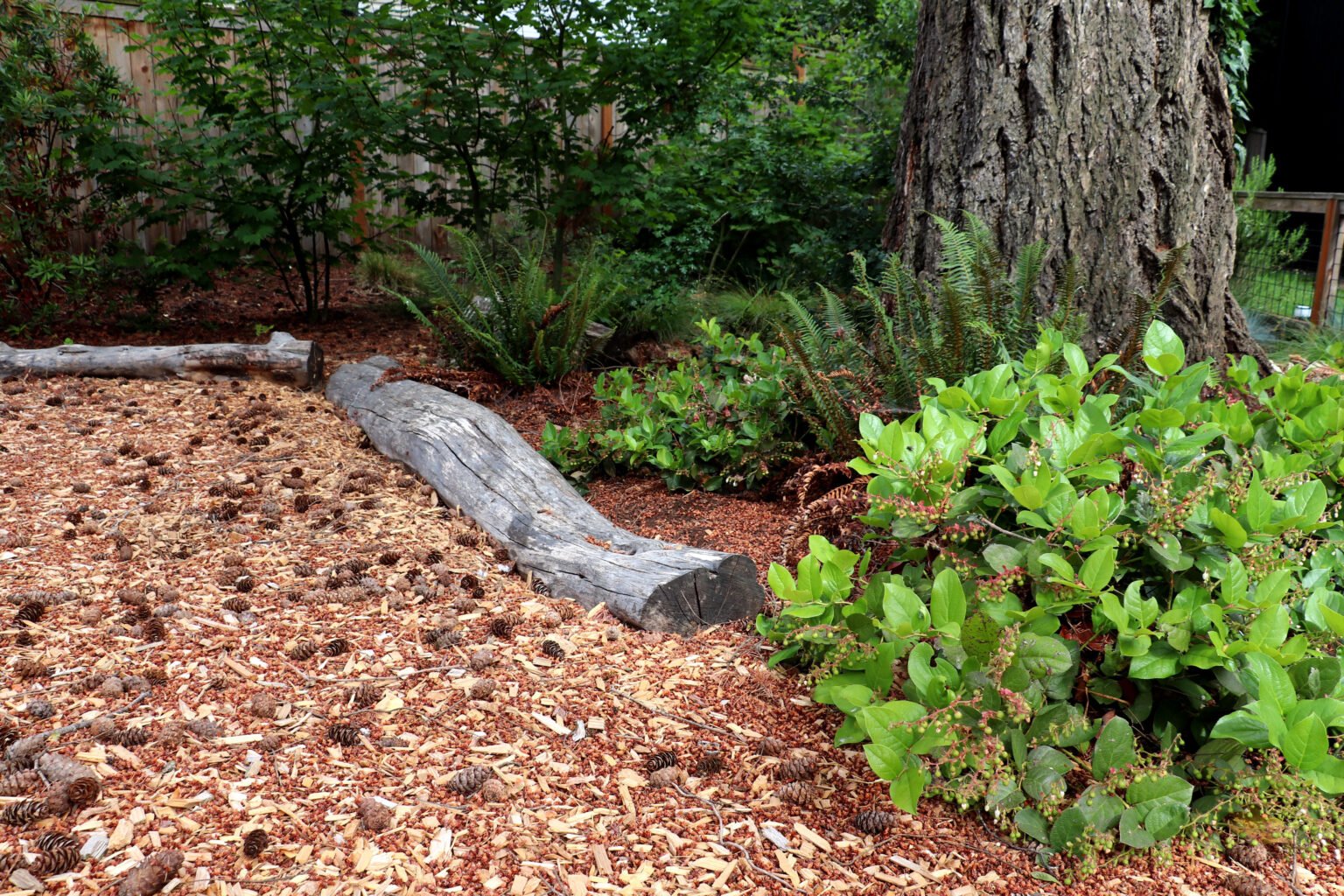
“The residents really like the cascara,” she said. “It has a lot of habitat value for a simple little tree. While they’re not especially showy, they establish quickly, birds love them, and bees go to the flowers in spring. Also, they don’t have thorns, they are unoffensive and undemanding.”
For its part, the ocean spray (Holodiscus discolor) is “such a workhorse in sun or shade, wet or dry. It grows really well with the oaks, there are a lot of insects that really like it,” she said.
Miss Our Design Futurist Honors Winners Article?
Two Honors Winners Bring Nature Home Beautifully
By: Erica Browne Grivas
Two California home landscape designs, one a renovation and the other a new build, found masterful ways to welcome nature into their sites, earning Honors recognition in Pacific Horticulture’s Design Futurist Award for 2024.
The jury panel awarded Honors to two standout designs: “Coast Ridge Home Landscape” in Portola Valley, by Scott R. Lewis of Scott Lewis Landscape Architecture, and “Wilderness in the City” in Los Angeles, by Stephanie Lin and Neive Tierney of Nectar Landscape Design.
Good Haus Hillside
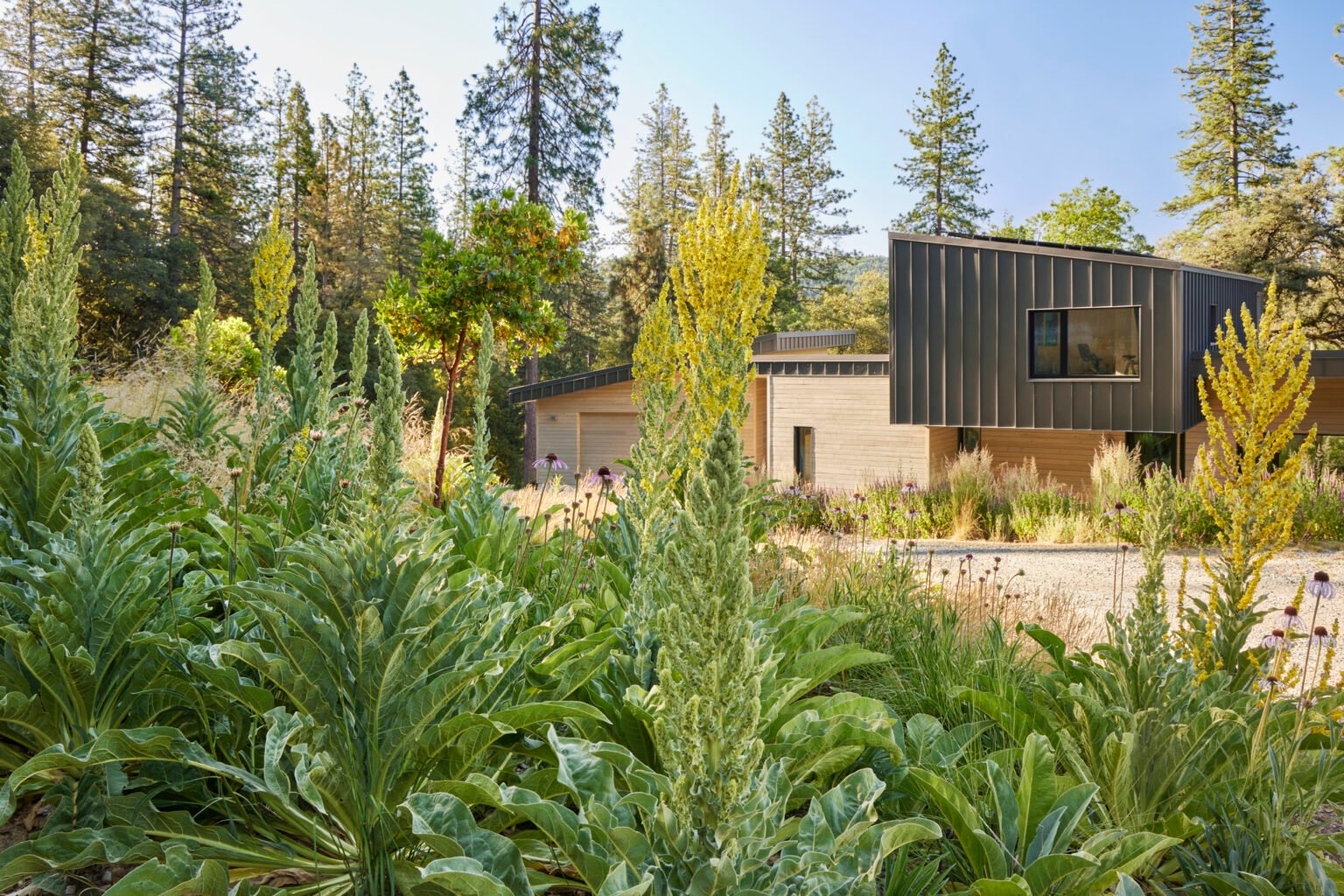
Nevada City, California
Designer: Molly Breen, Owner, New Wave Green Garden Design
Installation: 2022
Size: 1,001–5,000 square feet (92.9–464.5 square meters)
Chosen Theme(s): Growing for Biodiversity, Drought & Fire Resilience, Nature is Good for You, Garden Futurist, and Sustainable Gardening
The Good Haus Hillside mirrors the values expressed in the modern, net-zero, high performance family residence constructed in 2019 by Atmosphere Design Build. The owners wanted a design that was interesting texturally, diverse for pollinators, required low water use, used a preponderance of native plants … and was deer resistant. The site’s steep topography and lean soil—along with deer pressure—were some of the biggest challenges. To achieve the goals of density and biodiversity within the site’s constraints, the designers began to imagine a kind of successional “forest edge” community. Stabilizing the bank primarily with native grasses, they seeded ruderals between the grass plugs and interplanted with perennials and biennials.
“Inspired by the natural beauty of the Sierra Nevada, the garden mirrors the rugged, wild aesthetics of California’s native landscapes,” described the judges of the Merit award. “The design thoughtfully integrates the house with its wild surroundings, using strong vertical elements to maintain a distinct presence while blending seamlessly into the environment.”
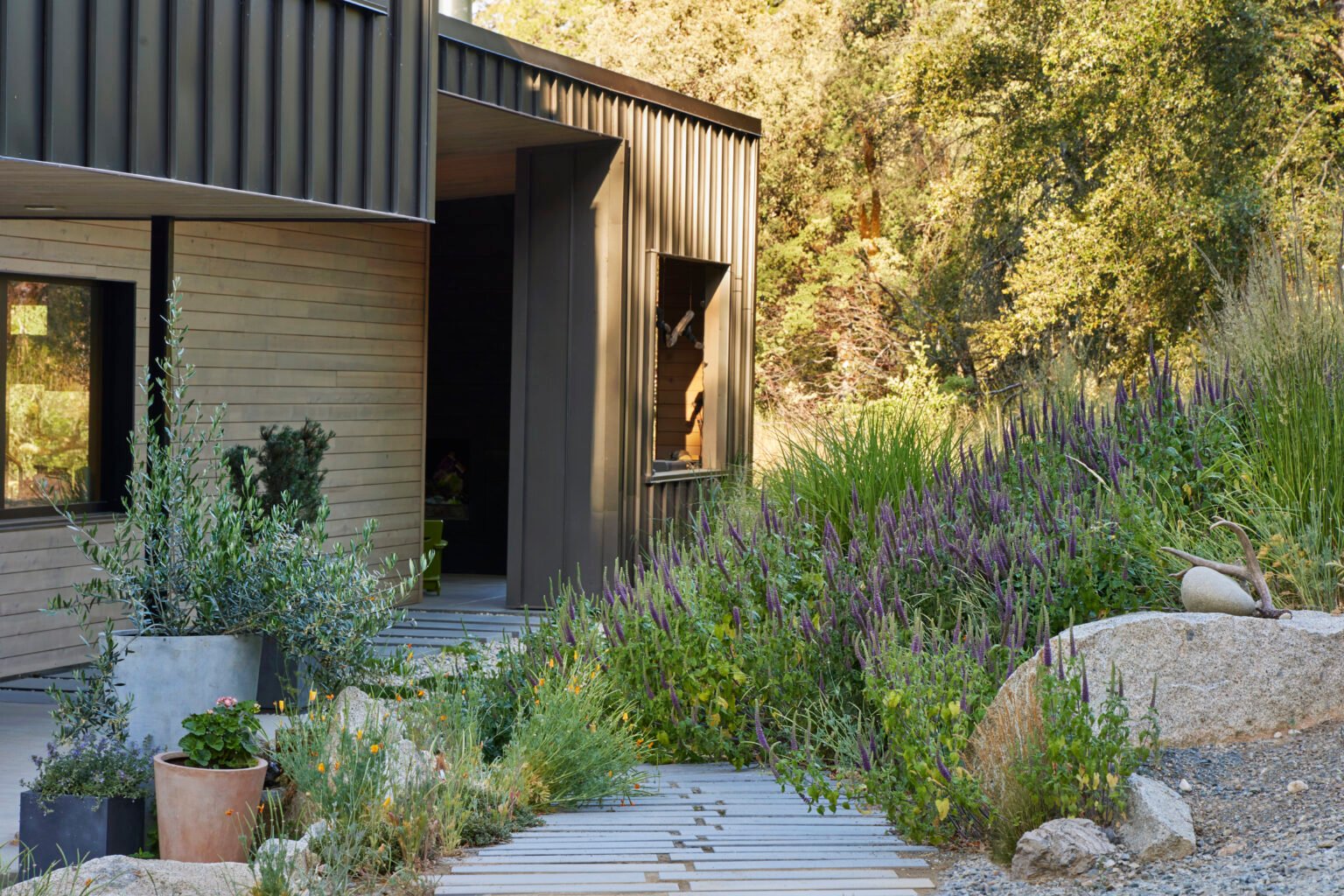
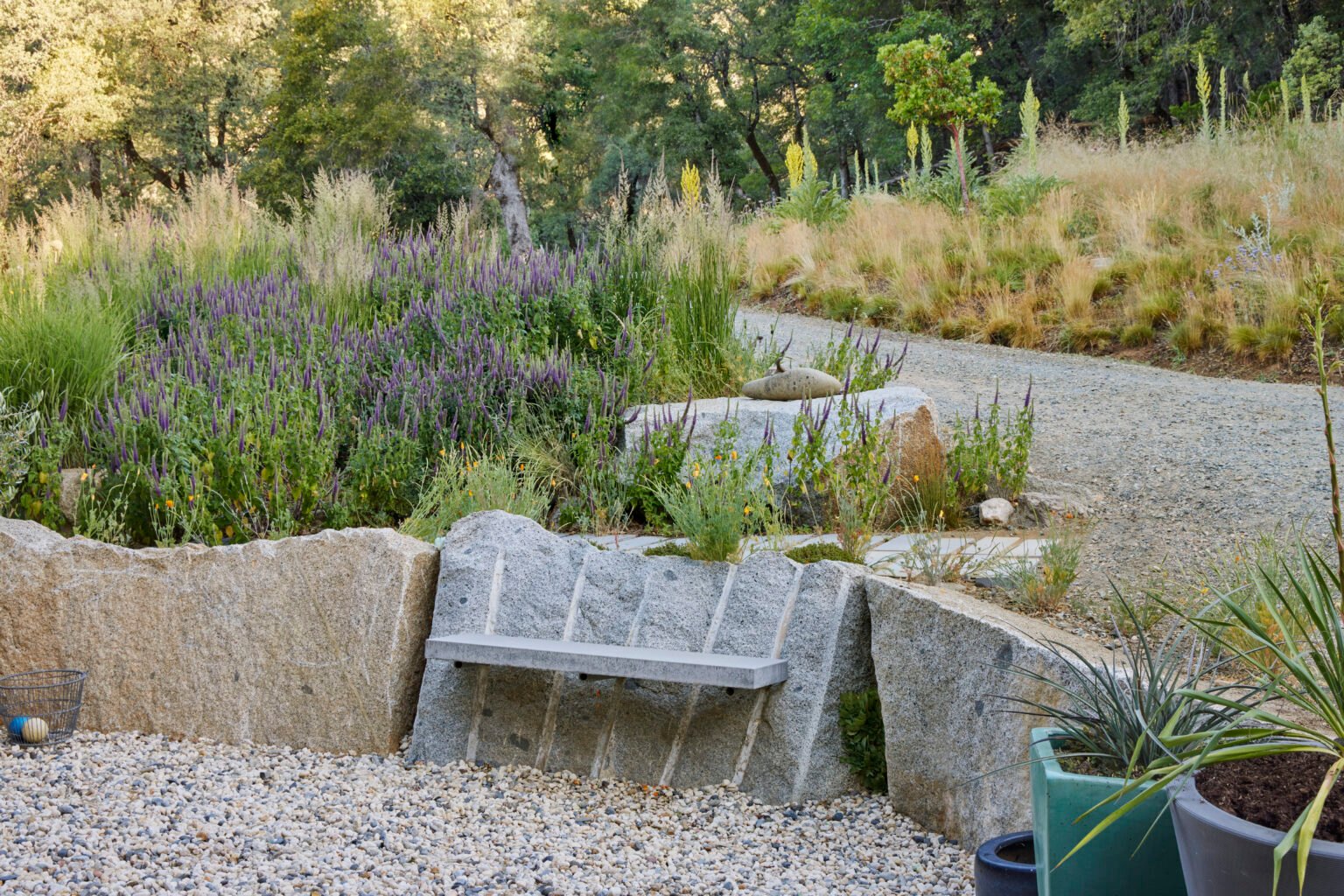
“The landscape and the building happened somehow simultaneously,” said Molly Breen of New Wave Green Garden Design.
“The building is absolutely gorgeous,” Breen said, noting it won Fine Homebuilding’s House of the Year in 2018. “It’s a very innovative, super energy efficient build on a very difficult site. The habitat was chapparal oak woodland/rock outcropping. But in terms of beauty the rocks are also fantastic, it’s stunning.”
She acknowledged her gratitude for all the people on the project, from the homeowners to the architects. “To do projects like this you need great collaborators,” she noted.
Breen knows the region well. “I’ve done quite a bit of design work there. The one submitted to Pacific Horticulture for the award was basically a road cut, we envisioned it as a grassland forest edge with some chapparal.”
She explained, “Native California grasses are my schtick. I’ve been working with them 15–20 years because they are largely lost from this landscape. Throughout California, 98 percent of native grasslands have been replaced by annual European invasive grasses. That’s why it’s interesting to garden here, it’s really a restoration project. To me that’s the heart of the story.”
Some native grasses taking center stage on this project include purple needlegrass (Stipa pulchra), nodding needlegrass (Stipa cernua), Idaho fescue (Festuca idahoensis), and California fescue (Festuca californica).
Despite the thriving deer population, the landscape blends seamlessly into the surroundings, without a gate or fence. Clumps of Greek mullein (Verbascum olympicum) stand in for a gate, echoing the home’s vertical elements, and offered much-needed structure while the chapparal filled in.
“Once in the house you look up on the hillside and see this transition from the landscape around the house which includes a lot of perennial grasses to a native dominated grass chaparral edge to a forest. It’s very much about that view out from those really large windows,” Breen said.
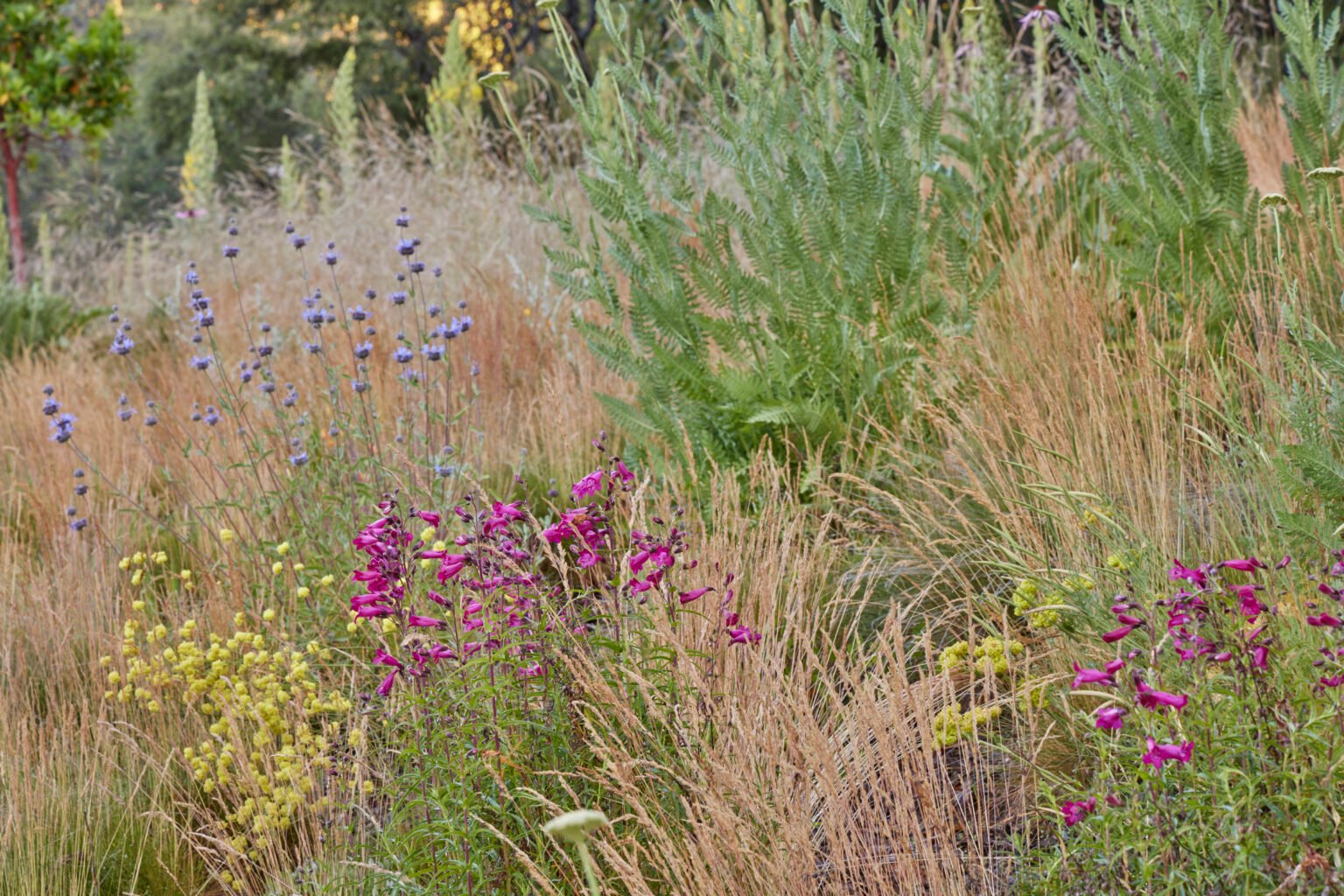
Breen is working with the local fauna, including the deer. She plants native wildflowers within coarse perennial grasses that deter deer.
“We are focused on plants that can do well in this habitat, but also on encouraging wildlife,” she said. The succession of bloom starts with California wildflowers like poppy (Eschscholzia californica) and clarkia (Clarkia unguinculata and C. amoerma) close to the house, then foothill penstemon (Penstemon heterophyllus), followed by Helen’s flower (Helenium), asters (Symphyotrichum), and goldenrods (Solidago) singing out the season.
Getting the plants established in this harsh setting was no easy matter. “The soil was super disturbed native soil, rocky clay with no organic matter,” she said.
Breen credited the site’s successful establishment to its grid-based irrigation system.
“The first year, we planted without irrigation and the homeowners couldn’t manage without it. Then we installed in-line emitters for matrix irrigation, and it was a game changer,” she said. “Our summers are really really hot. Sometimes it’s 100 degrees for days. You have to get the site established. You have to keep the rootzone moist for the first year. It’s basically a nursery bed. You may not use the irrigation in four or five years, but you must have it initially.”
Breen and her team are continuing work on the property’s outer edges, shifting planting media and techniques to suit the rocky terrain.
“We are using local native plants, hyperlocal ecotypes, in these rock outcroppings with gravel between, employing some of the newer ideas in substrates using gravel and sand. In higher mountains 1,000 feet from here, chapparal grows in a field of pretty rocky soil with a scree or stone matrix,” said Breen.

Finding crevices in the outcropping, she puts down three inches of irregular local gravel, about 0.5 to 1 inch in size, and the plant roots find their way to native soil underneath.
She said the gravel keeps annual weeds at bay while moderating temperatures.
Breen highlights plants like manzanitas (Arctostaphylos spp.), prostrate ceanothus (Ceanothus prostratus), and Lemon’s ceanothus (C. lemmonii) that dislike heavier clay soil and thrive beautifully in these airy crevices.
“The Sierras are a different habitat, requiring a different kind of garden,” she said, “but I want to encourage my neighbors to use plants to create beauty with their homes, not just throw down a bunch of mulch.”
Resources
See Studio Wild Landscape Architecture for more information about Going Street Commons and other projects from Caitlin Pope Daum and her colleagues.
See New Wave Green Garden Design for more information about Good Haus Hillside and other projects from Molly Breen. Good Haus Hillside also won Fine Homebuilding’s House of the Year in 2018.


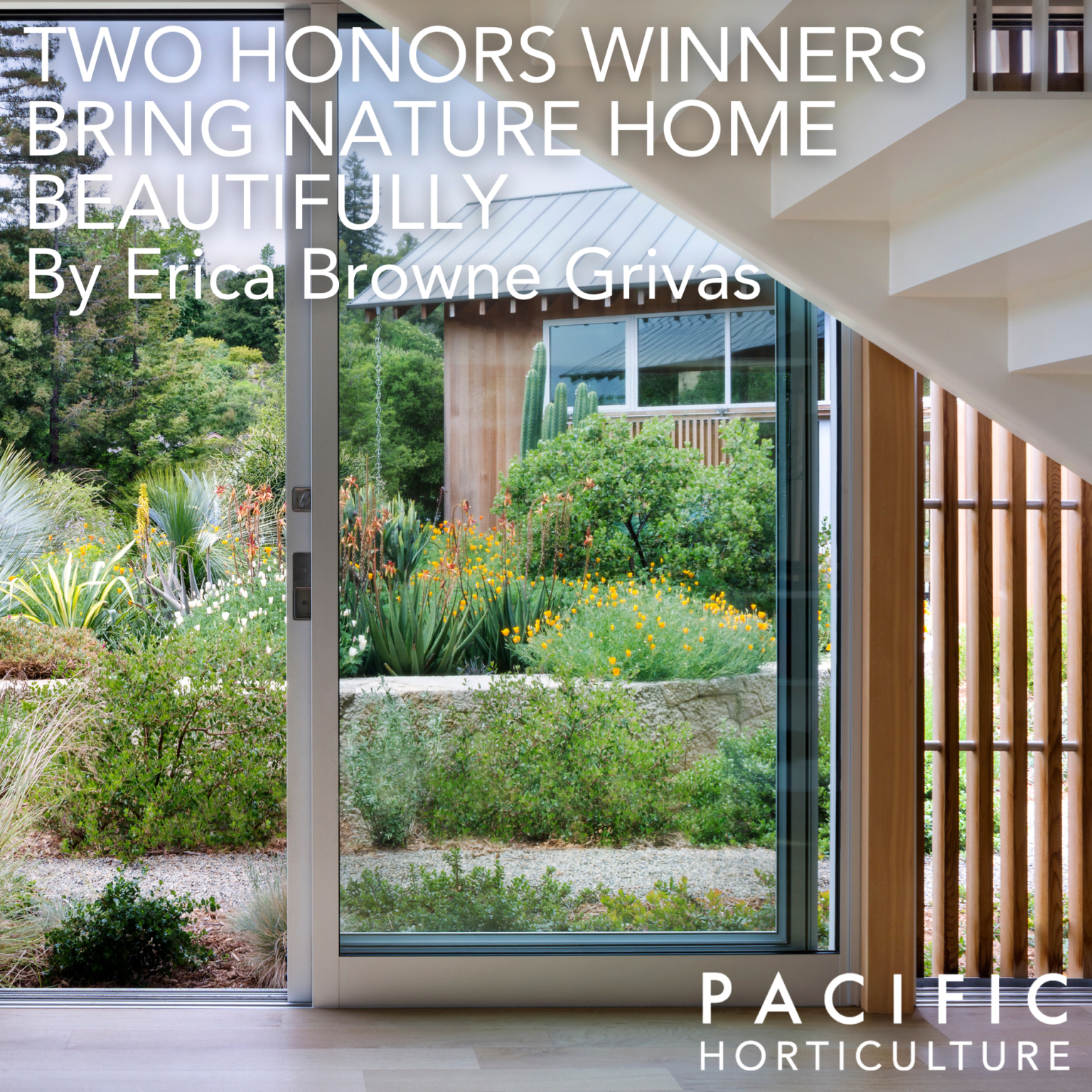



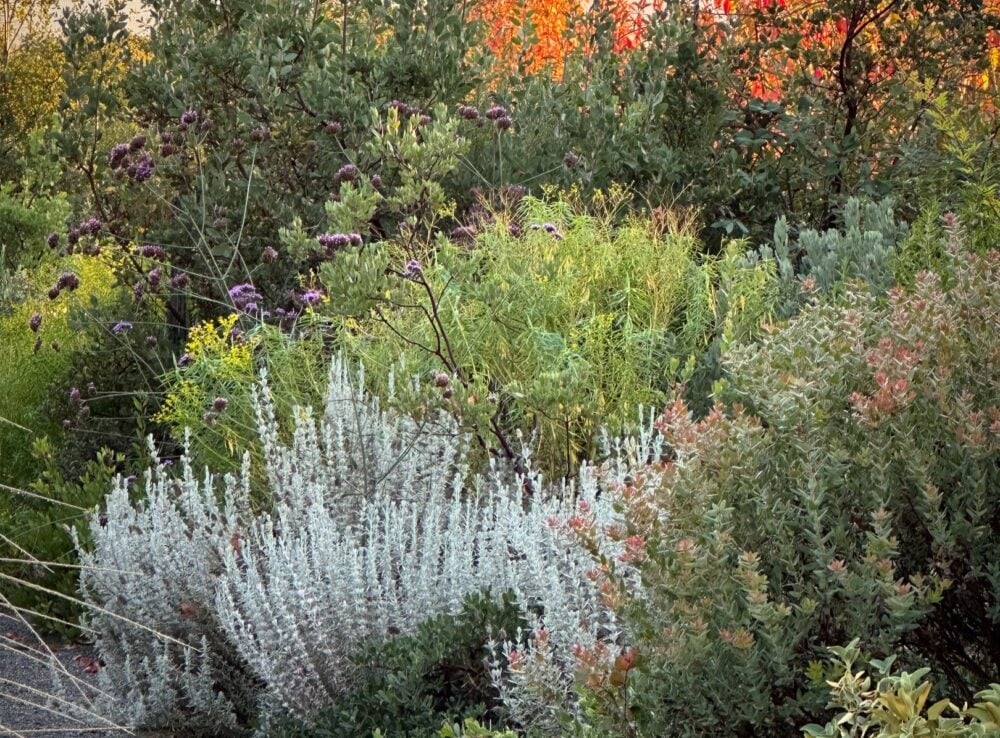
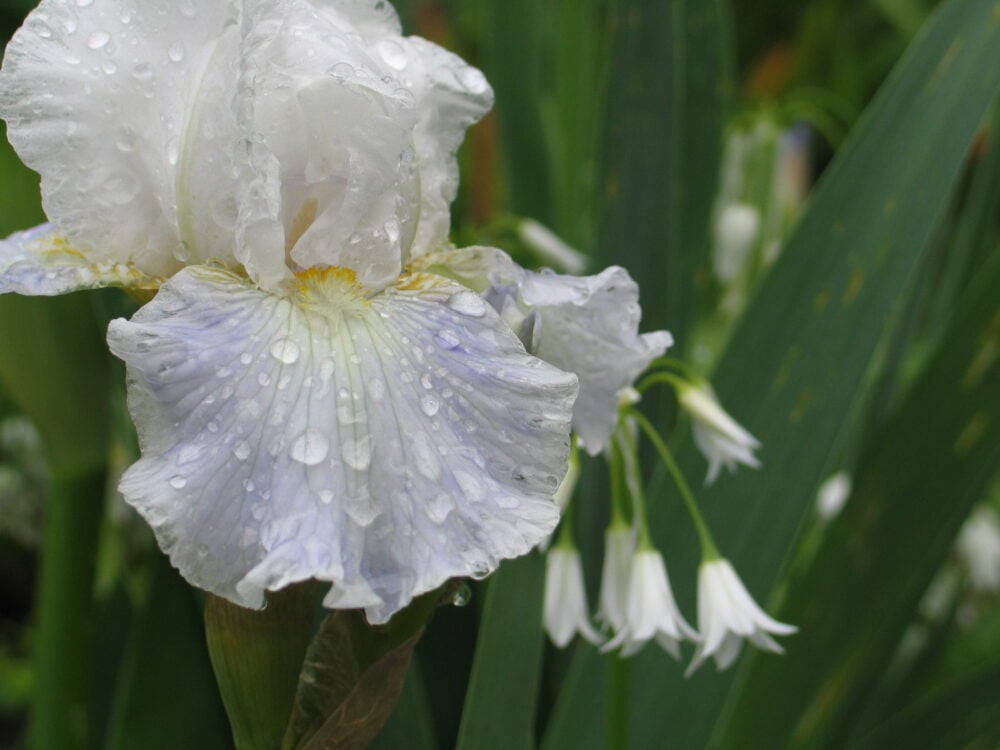
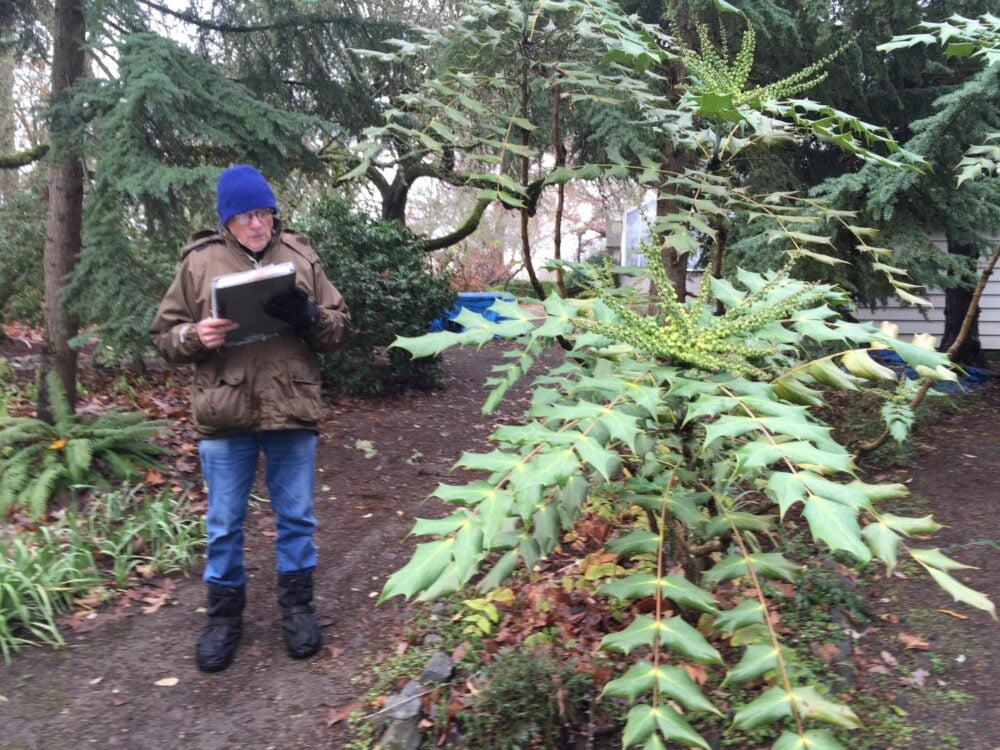



Responses